Last spring, almost immediately after my spouse and I arrived in Portugal, we applied to attend several government-sponsored Portuguese language classes in a nearby town. In June 2024, I was notified we had been accepted into one of the classes. It would start in mid-September 2024 and run through early June 2025. To reserve our places, we just had to pay 22,40 euros each, which we did immediately.
Since we started the class in September, we have spent six hours each week in Portuguese language class. Almost all of our class time is spent completing grammar exercises in our student books. If this sounds rather dry, it is.
Our goal in taking this year-long class is to earn an A1/A2 Portuguese language certificate. This certificate can then be attached to our applications, down the road, for permanent residency or citizenship in Portugal to document our language proficiency at an A1/A2 level.
This week, we completed our A1 exam. That, by itself, felt like a victory. We were exhausted when we left the classroom after the exam. We decided to celebrate by visiting the Monastery of Batalha, a superb example of Gothic architecture and one of Portugal’s seventeen UNESCO World Heritage Sites.
Dominican Monastery of Batalha
The town of Batalha, in central Portugal, has around 8,548 residents. At least that is the last official population count I could find for the town center as of 2011. As we drove towards Batalha, I noticed the area outside the town includes some light industry with bland warehouses. In seeing this scenery, I didn’t expect to come upon something magnificent.
Even before we entered the Monastery of Batalha, I was in awe of the structure. As soon as we walked into the nave, I stood and absorbed the experience of being inside an enormous, ancient monastery that is a work of art. This work of art served as a monastic community’s day-to-day home.
Spending time in the nave made me long to worship within a community where individuals could hold a lofty, yet real, vision of our world and our ability to create change during our brief lives. With the help of one’s community, could those of faith create a world in which we strive to love our neighbor as ourselves; welcome the stranger in our land; and care for the least of these?
Now that my spouse and I have residency cards, we can access many cultural sites and museums in Portugal at no charge. I learned about the monastery’s history from the signs located throughout the cultural site and from the brochure I got when we first entered. Back in 1385, the Portuguese army was fighting the Castilian army. King João I prayed to the Virgin Mary, who is commonly referred to as Nossa Senhora (Our Lady) in the monastery’s educational materials. King João I promised Nossa Senhora that if the Portuguese army won their battle that day, August 15, 1385, in Alubarrota, a village just south of Batalha, he would build a monastery in Batalha.
King João I won that battle and during his reign from 1385 to 1433, he completed the Church, the Chapter House, the Cloister and the Joint Tomb where he and his wife, Queen Philippa of Lancaster, were buried.
Several small chapels are located just off of the large nave. During our visit, we saw one or two people sitting quietly in these chapels.
The Unfinished Chapels are some of the most fascinating areas within the monastery. King Duarte of Portugal had these chapels designed to house the tombs of his family. Huguet, the architect for this portion of the monastery, designed an 8-sided structured containing seven chapels. Sadly, King Duarte died before he finished this project and shortly after the king’s death, Huguet died as well.
King João III hired the architect Miguel de Arruda to create the balconies that you can see in the photo above of the unfinished chapels. This balcony was finished in 1533. The chapels remained open to the elements. In 1940, the tomb of King Duarte and his wife was moved into one of the unfinished chapels.
Batalha Medieval Music Days 2025
The monastery is an historic site that is still used today for religious services and cultural events. The “Batalha Medieval Music Days - 2025” starts on Saturday, February 1, 2025 and continues on each Saturday through March 15th. During this time, the monastery will offer programming to help individuals of all ages, regardless of musical experience, connect with medieval music from the Iberian Peninsula.
This seven week program, hosted by the Monastery of Batalha, will be presented by the early music group TWB Ensemble. Esin Yardimli Alves Pereira and Ricardo Alves Pereira are providing artistic direction. CordaSonora has responsibility for the production.
The medieval days programming will start with a medieval music concert; continue with a session on how to read medieval musical manuscripts; and provide weekly opportunities for individuals to join a community choir and learn how to sing medieval songs.
During this time, also, the Batalha monastery will offer a poetry workshop and a recitation on the poetry of the troubador.
The medieval musical instrument portion of this seven week program is the most intriguing to me. Participants will be able to attend an interactive workshop where medieval musical instruments will be present. Additionally, — and this is the only activity for which there is a charge - individuals can register for a limited number of spaces to make a psalter, a medieval musical instruction.
The musicial instrument workshop is described in promotional materials in the following way:
”The psaltery is a medieval stringed instrument, usually with a flat, rectangular or trapezoidal body, with strings stretched across it. Widely used in Iberia and Europe, it played an important role in the cultural coexistence of medieval Iberia, where communities of different beliefs and traditions shared and mutually influenced their knowledge and art. The psaltery was used in both secular and sacred contexts, accompanying voices or in an instrumental context in courtly and liturgical settings. Its resonant sound made it a fundamental piece in the rich and diverse musical heritage of medieval Iberia.”
”The psalteries of the medieval instrument workshop will be built from the representations of the angel musicians in the portico of the Monastery of Batalha.”
“The workshop is designed so that you can make the instrument yourself, regardless of your level of experience with handicrafts or woodwork. All the theoretical and musical aspects of how the instrument works will be explained, so that you can have the experience of playing and listening to your own instrument at the end of its construction.”
At the end of the seven week program, there will be a musical performance at the Monastery of Batalha including the community choir, professional singers and those playing the psalters they have made. How phenomenally fun!
Have you seen the Monastery of Batalha? What were your thoughts when you visited? Have you ever created a musical instrument?
Here is the information for registration for the psalter building workshop
MEDIEVAL MUSICAL INSTRUMENT BUILDING
with Orlando Trindade
Saturdays
Feburary 8, 15 and 22
March 1, 8, and 15
24 hours of workshop time
Experience Building Your Own Medieval Psalter
Location: Monastery of Batalha
Registration: contact@cordasonora.com (limited places)
AND/OR 965 642 540
CordaSonora Production
For more information on the dates and times for the events offered as part of the Batalha Medieval Music Days 2025, please click on one of the links I’ve provided in this newsletter.
One of the things I love the most about Portugal is the extent to which the country and its municipalities fund art and cultural events and make those experiences available to Portuguese residents. Many of these events are advertised in posters found around a town or village, or sometimes online, usually in Portuguese (of course!). Being able to translate this information, with the help of the knowledge I gained from my Portuguese language class and with the Deepl app, makes me more aware of the many ways in which I can learn about and enjoy Portuguese culture.
During 2025, I will be visiting more of Portugal’s UNESCO World Heritage Sites and documenting my experiences through my photographs and words. I hope you will join me.
Have you seen any of the UNESCO World Heritage Sites in Portugal? If so, which one(s) were your favorite?
Resources
Mosteiro da Batalha
UNESCO World Heritage Convention
Municipality of Batalha
Dias De Música Medieval Da Batalha 2025 and also this brochure
Oficina De Construção De Instrumentos Musicais Medievais
How to Get to the Batalha Monastery
A8 Lisbon to Leiria - Exit Leiria / Batalha
A1 Lisbon to Porto - Exit Fatima / Batalha
By Bus - Check Redo Expressos
Guided tours
Tours have to be scheduled in advance.
Phone: +351-244-765-497
What I’m Reading
Mariann Edgar Budde’s sermon at the National Prayer Service at the Washington National Cathedral on January 21, 2025
Pete Hegseth: five things to know about the new US secretary of defense, Guardian staff, The Guardian
“Through the blizzard of edicts, see Trump for what he is: an autocrat reaching for limitless power,” by Jonathan Freedland, The Guardian
Twenty Lessons on Tyranny by Timothy Snyder. See below.
What I’m Listening To:
The Rt. Rev. Mariann Edgar Budde’s sermon at the National Prayer Breakfast
Have you been following the executive orders and other actions of the new administration in the US?
Vegetarian Recipe Worth Trying
If you would love an easy vegetable soup recipe, here’s my favorite. It’s perfect for cold, windy winter days. I love this recipe because you can mix and match so many different options for the vegetable and protein components and the soup always turns out well. I’ve provided a gift link to the recipe from the Washington Post. I’ve decided to end my subscription at the end of this month, so print the recipe if it is something you like.
American South < - > Portugal is a reader supported publication. If you enjoy it, I hope you will subscribe.
I started American South < - > Portugal in 2023 to explore how to leave a place I loved to recreate a home in a new country. Now that I’m in Portugal, I’m pursuing a creative practice of photography and writing as a way to create joy in my daily life.

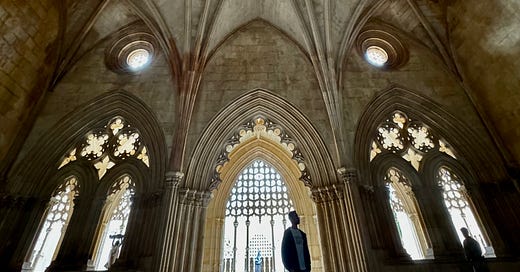



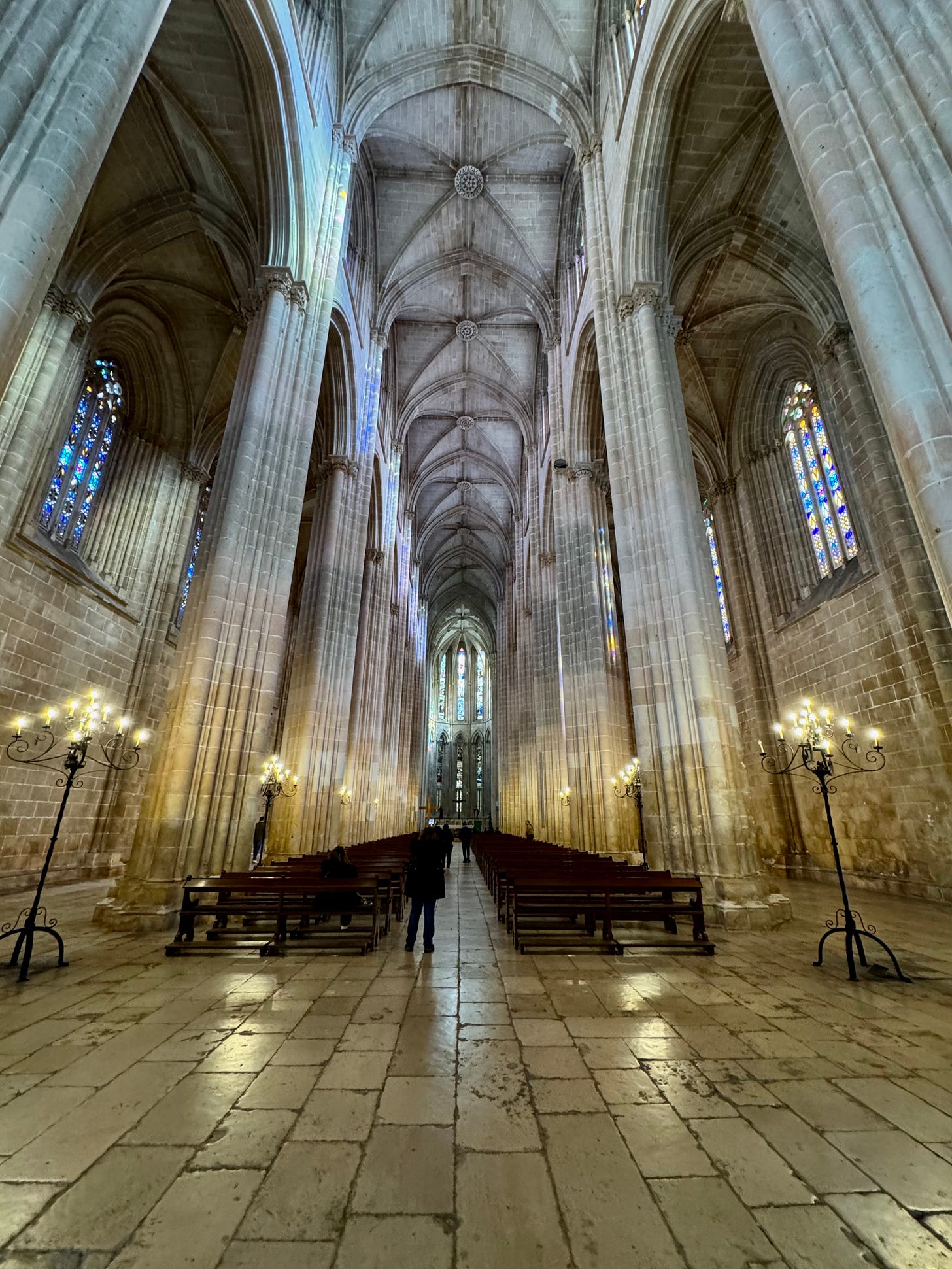
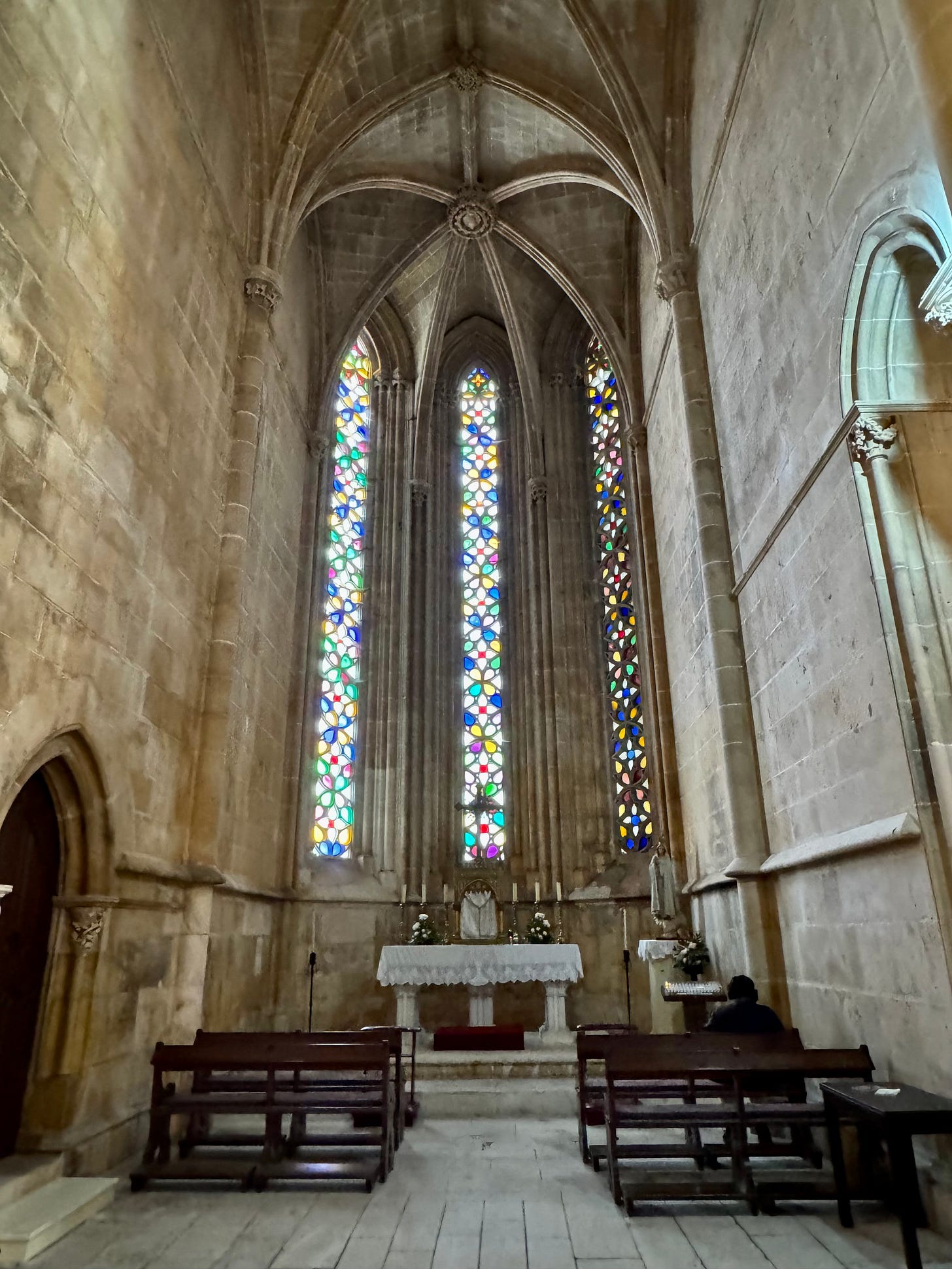

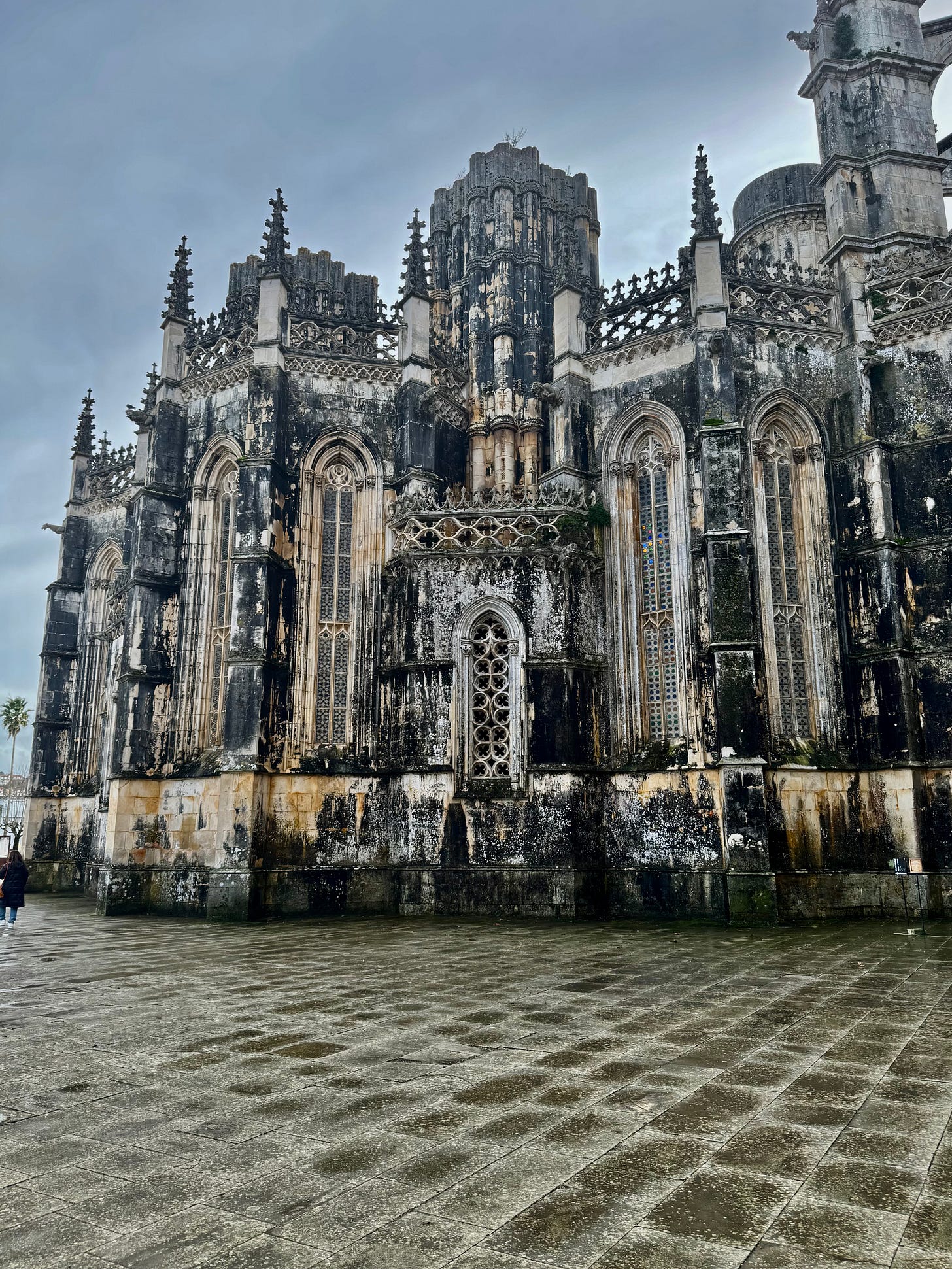
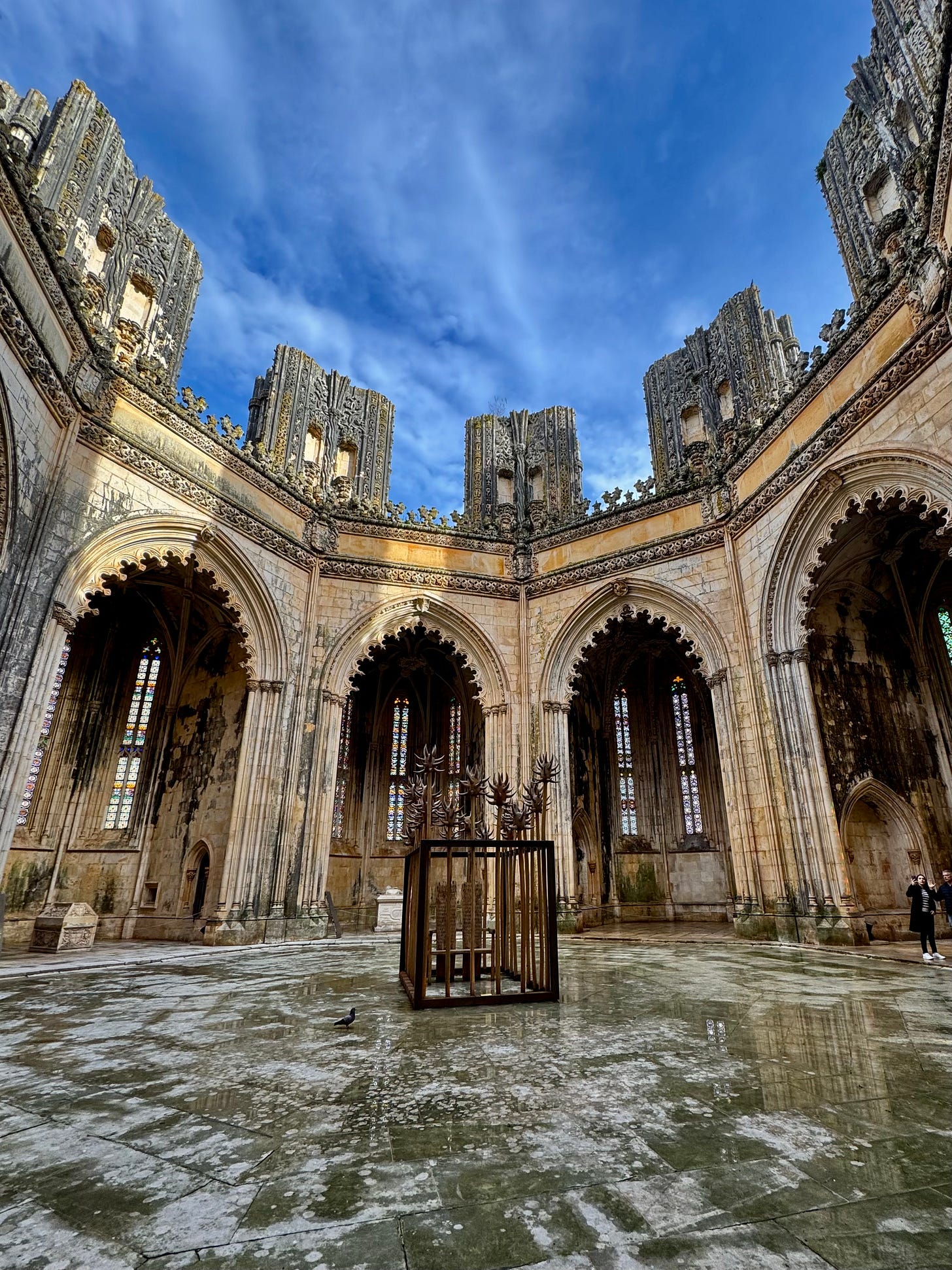

Fascinating, from cultural & linguistic perspectives! You are reading many of the same sobering selections as many of your readers, I suspect. It is disturbing to recognize how many former conservative Republicans have become acquiescent to the process of rotting the USA from within, the ultimate goal - it appears - of the MAGA Trumpublican party.
I am writing a letter to Sen. Joni Ernst today, utilizing some quotes from Timothy Snyder. I was disappointed that she succumbed to the browbeating by those in her own party, with whom she shares many political views. Yet she will receive a letter today - though I am under no illusion that she will ever see it or be told of its existence - from someone with very different views: someone who asks only that she view her upcoming votes on Trumps farcical nominees with a more sober approach to her role in turning her homeland into an American autocracy - or kakistocracy, more accurately.
I hope she views her actions with a clearer precision than she did with her vote for Hegseth, perhaps with the clarity of your photographs.